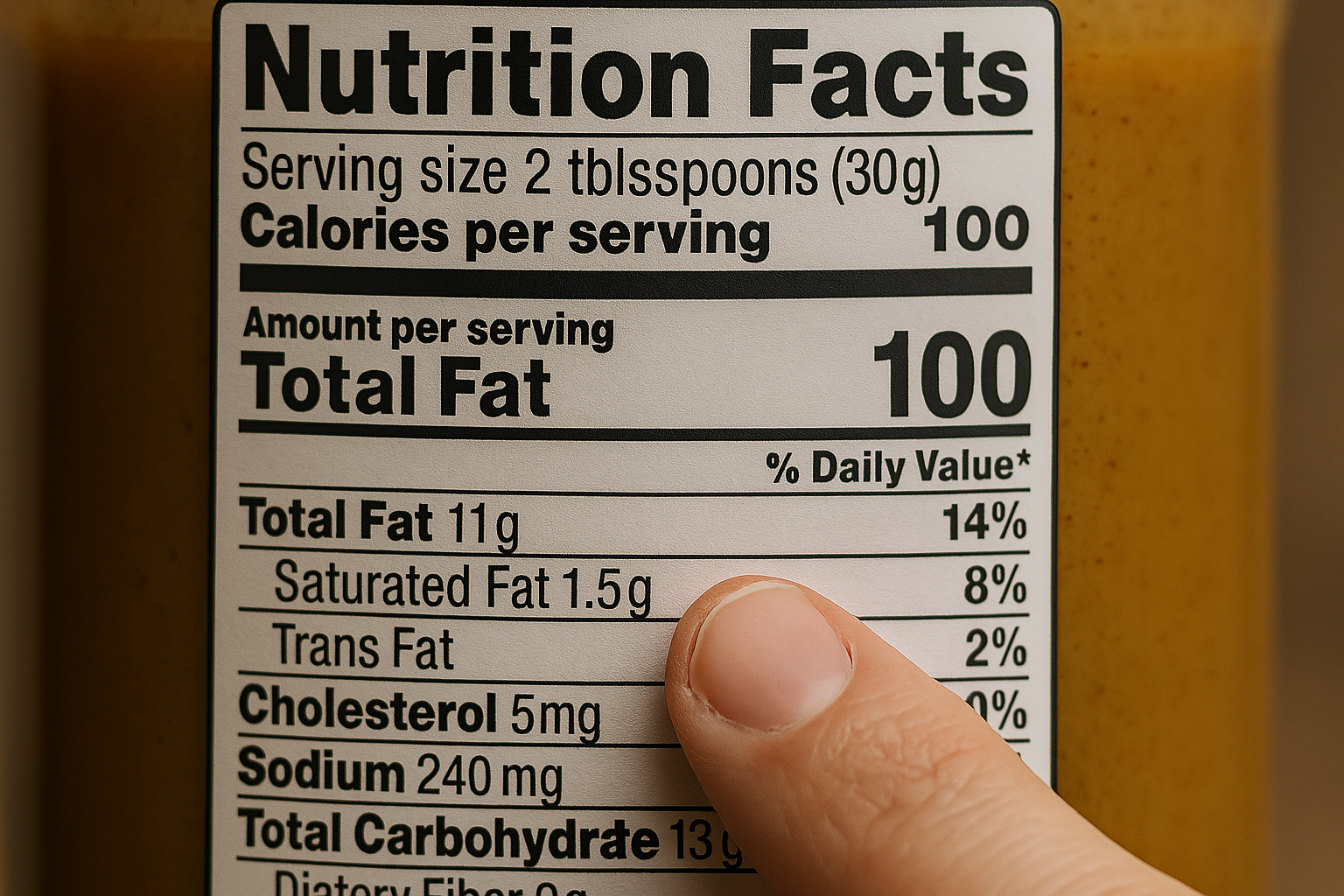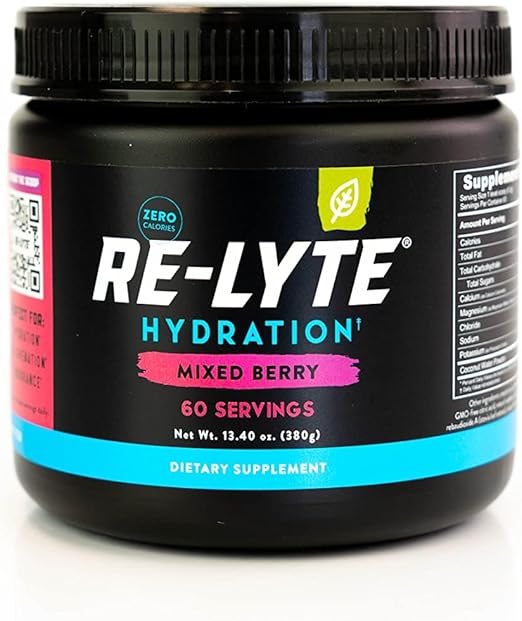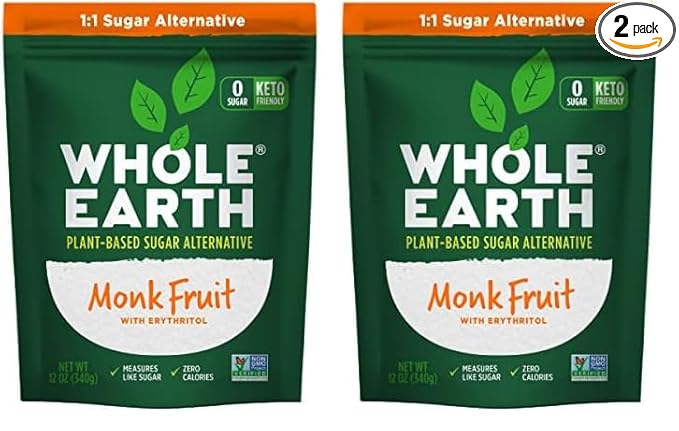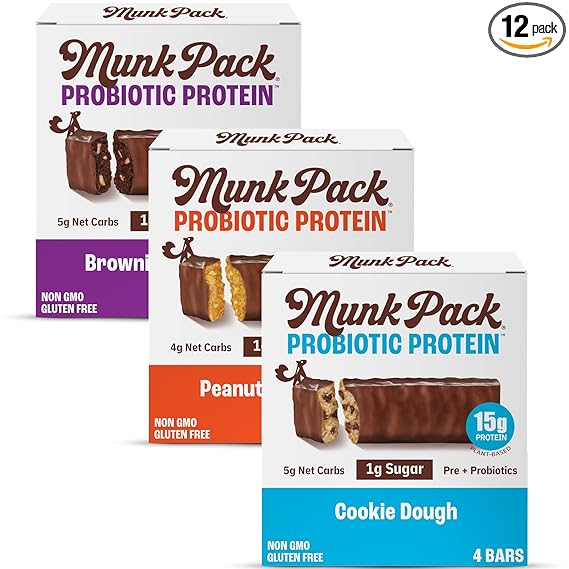Embarking on the keto journey is exciting, but it's easy to stumble along the way. Many beginners (and even some seasoned low-carbers!) make common keto mistakes that can stall progress, cause unpleasant side effects, or lead to frustration.
The good news? Most mistakes in keto diet plans are easily fixable once you know what to look for. Let's break down the top pitfalls and how you can steer clear for smoother sailing towards your health goals.
Mistake #1: Ignoring Electrolytes (aka The Keto Flu Culprit)
This is arguably the BIGGEST mistake beginners make, often leading to the "keto flu" symptoms discussed in our Keto Beginner's Guide. When you drastically cut carbs, your body sheds water, and along with it go crucial electrolytes: sodium, potassium, and magnesium. This imbalance is the primary cause of the dreaded "keto flu" – headaches, fatigue, muscle cramps, dizziness.
 Electrolyte imbalance is the main cause of the 'keto flu'.
Electrolyte imbalance is the main cause of the 'keto flu'.
- Why it's a mistake: Electrolytes are vital for nerve function, muscle contraction, hydration, and overall energy. Depleting them makes you feel awful and can derail your motivation.
- How to fix it:
- Sodium: Be generous with high-quality unrefined sea salt (like Redmond Real Salt, which also contains trace minerals) on your food. Aim for 5-7g daily (about 2-3 tsp). Drink broth or add salt to water.
- Potassium: Eat potassium-rich keto foods like avocados, spinach, mushrooms, salmon, and nuts. Aim for 3,500-4,700mg daily. "Lite Salt" (half sodium, half potassium) can help.
- Magnesium: Keto foods aren't super rich in magnesium. Supplementation is often needed. Aim for 400-500mg daily. Look for highly absorbable forms like Magnesium Glycinate, which is gentler on the stomach than other forms. Taking it before bed can also aid sleep.
Magnesium Recommendation: Bronson Magnesium Glycinate
Magnesium Glycinate, like this Bronson Magnesium Glycinate, is often preferred on keto. It's chelated for better absorption and is known for being gentle on the digestive system, reducing the laxative effect some other magnesium forms can cause. Users often report benefits for sleep and muscle cramps.
Check Price on Amazon(Qunol also offers a well-reviewed Magnesium Glycinate.)
- Use a Quality Electrolyte Supplement: Especially helpful initially or if you exercise heavily. These combine sodium, potassium, and magnesium in convenient powder forms.
Our Recommendation: Redmond Re-Lyte
Based on unrefined Redmond Real Salt, Re-Lyte provides a balanced blend of electrolytes and over 60 trace minerals. Many users appreciate its clean ingredients and effectiveness, especially during keto adaptation or fasting. It comes in various flavors.
Check Price on Amazon(Also available in convenient Stick Packs for on-the-go hydration.)
Other good options include KEY NUTRIENTS (often praised for value) or Keppi stick packs for travel convenience.
Mistake #2: Fearing Fat
We've been conditioned for decades to fear fat, but on keto, healthy fat is your primary fuel source! Skimping on fat leads to low energy, persistent hunger, and difficulty maintaining ketosis.
 Don't fear healthy fats on keto – they are your fuel!
Don't fear healthy fats on keto – they are your fuel!
- Why it's a mistake: Your body needs fat for energy when carbs are restricted. Insufficient fat intake forces your body to rely more heavily on protein for energy (gluconeogenesis), which is less efficient and can hinder ketosis.
- How to fix it:
- Add Healthy Fats Liberally: Cook with butter, ghee, tallow, coconut oil, or avocado oil. Drizzle olive oil on salads.
- Choose Fattier Cuts of Meat: Ribeye, chicken thighs (skin-on), pork belly, fatty fish like salmon.
- Incorporate Fatty Fruits & Veggies: Avocados are key. Olives are great too.
- Use Full-Fat Dairy: Cheese, heavy cream, sour cream (if you tolerate dairy).
- Snack on Nuts/Seeds (in moderation): Macadamias, pecans, almonds.
- Consider MCT Oil: Medium-Chain Triglycerides are easily converted to ketones for quick energy. Pure MCT oil (like PURA D'OR Organic or Seddy) can be added to coffee or smoothies.
- Use High-Fat Mixes: Convenient powders can help boost fat intake easily.
High-Fat Beverage Option: FAT FUEL Keto Cocoa
Products like FAT FUEL Keto Cocoa offer a simple way to increase healthy fats. Combining grass-fed butter powder, MCT oil, and cocoa, it works as a filling snack, quick meal replacement, or addition to coffee, helping you meet your fat macros without extensive prep.
Check Price on AmazonMistake #3: Hidden Carbs Sabotage
You think you're eating low-carb, but sneaky carbs are hiding in plain sight, preventing you from reaching or staying in ketosis.
 Always read labels to uncover hidden carbs and sugars.
Always read labels to uncover hidden carbs and sugars.
- Why it's a mistake: Even small amounts of unexpected carbs can add up quickly and raise blood sugar/insulin, stopping ketone production.
- Common Culprits:
- Sauces & Dressings: Ketchup, BBQ sauce, many salad dressings, and teriyaki sauce often contain lots of sugar. Look for sugar-free versions or make your own using keto-friendly sweeteners like monk fruit/erythritol blends or pure erythritol.
- Processed Meats: Some sausages, bacon, and deli meats contain added sugar or fillers. Check labels carefully.
- "Low-Carb" or "Keto" Packaged Foods: Always check the net carbs and ingredients, even on products labeled "keto." Items like Atkins snacks, keto crackers, or protein bars can be convenient, but verify they fit your macros. Some use misleading labeling or contain sugar alcohols that still affect some people.
- Dairy: Milk and even some yogurts have natural sugars (lactose). Stick to heavy cream, butter, and hard cheeses in moderation.
- Nuts & Seeds: While keto-friendly, carbs can add up if you eat large quantities. Portion control is key.
- Certain Vegetables: Onions, garlic, tomatoes are fine in moderation but contain more carbs than leafy greens.
- Medications/Supplements: Some liquid medications or gummy vitamins contain sugar.
- How to fix it:
- Read Every Label: Become a nutrition facts detective. Focus on net carbs and the ingredients list. (See our Keto Shopping List Guide for tips).
- Choose Whole Foods: Prioritize unprocessed meats, fish, eggs, veggies, and fats whenever possible.
- Use Reliable Sweeteners: When sweetness is needed, opt for zero-calorie, low-glycemic options like monk fruit, erythritol, stevia, or blends instead of sugar.
Sweetener Recommendation: Whole Earth Monk Fruit/Erythritol Blend
Blends like Whole Earth Monk Fruit Sweetener with Erythritol are popular because they measure 1:1 like sugar and often have less aftertaste than pure stevia. This makes them easy substitutes in coffee, tea, and baking.
Check Price on Amazon(Other good options include pure Erythritol or Swerve for different textures like brown or confectioners.)
- Make Your Own: Control ingredients by making dressings, sauces, and snacks at home.
- Track Your Intake: Use an app initially to identify surprising carb sources. (Use our Keto Macro Calculator to set targets).
Mistake #4: Eating Too Much Protein
While protein is essential, consuming excessive amounts can potentially hinder deep ketosis for some individuals. Your body can convert excess protein into glucose via gluconeogenesis.
- Why it's a mistake (potentially): While moderate protein is crucial, very high intake might slightly raise insulin or provide enough glucose to reduce the need for ketone production in some people. This is debated, and individual responses vary.
- How to fix it:
- Calculate Your Needs: Aim for a moderate range (e.g., 0.8-1.2g per pound of lean body mass). Use our Keto Macro Calculator to determine your specific target.
- Prioritize Fat: Ensure fat makes up the largest portion of your calories (around 70%).
- Don't Undereat Protein Either: Finding the right balance is key. Too little protein leads to muscle loss.
- Listen to Your Body: If you're struggling to stay in ketosis despite low carbs, slightly moderating protein could be something to experiment with, but don't cut it too low.
Mistake #5: Not Enough Vegetables (or the Wrong Kind)
Some people interpret keto as just meat and cheese. While carnivore keto exists, most standard keto plans benefit greatly from including plenty of low-carb vegetables.
- Why it's a mistake: Non-starchy vegetables provide essential vitamins, minerals, fiber (which doesn't count towards net carbs but aids digestion), and antioxidants. Avoiding them can lead to nutrient deficiencies and constipation.
- How to fix it:
- Focus on Above-Ground Veggies: Leafy greens (spinach, kale, lettuce), broccoli, cauliflower, zucchini, asparagus, bell peppers, green beans, mushrooms, celery, cucumbers. (See our Keto Shopping List for a comprehensive list).
- Limit Starchy Veggies: Potatoes, sweet potatoes, corn, peas.
- Include Veggies with Most Meals: Add spinach to eggs, have a big salad for lunch, serve dinner protein with roasted broccoli or cauliflower rice.
Mistake #6: Snacking Too Much (Even on Keto Snacks)
Keto's high fat content is satiating, often reducing the need for snacks. Constantly grazing, even on keto-friendly options, can keep insulin levels slightly elevated and hinder fat burning.
- Why it's a mistake: Frequent eating prevents your body from fully tapping into stored fat between meals, potentially contributing to weight loss stalls (learn more about overcoming keto plateaus). It can also lead to unintentional calorie surplus.
- How to fix it:
- Focus on Satisfying Meals: Ensure your main meals contain enough protein and fat to keep you full for several hours.
- Distinguish Hunger from Habit/Boredom: Are you truly hungry, or just reaching for a snack out of habit? Try drinking water first.
- Prioritize Whole-Food Snacks: If genuinely hungry between meals, choose hard-boiled eggs, avocado, olives, or celery with cream cheese.
- Use Packaged Snacks Mindfully (If Needed):
- Protein-Rich Options: Bars like Munk Pack Probiotic Protein Bars can be more satiating than carb-heavy snacks.
Protein Bar Option: Munk Pack Probiotic Bars
If you need a convenient snack, choosing one high in protein like Munk Pack Probiotic Bars (15g protein, 5g net carbs) can help keep you full longer. They also contain prebiotics and probiotics for gut health. Remember to factor them into your daily macros.
Check Price on Amazon- Crunchy Cravings: Instead of traditional chips, consider Atkins Protein Chips or Keto Crackers, but stick to the serving size.
- Sweet Treats: For a sweet fix, a small portion of a low-carb treat like Atkins Endulge Peanut Butter Cups might satisfy without derailing progress, but avoid making these a daily habit.
- Remember: Even keto-friendly processed snacks contribute calories and can stall weight loss if overconsumed. Track them like any other food.
- Consider Intermittent Fasting: Shortening your eating window naturally reduces opportunities for snacking. (See our OMAD Keto Guide for an advanced approach).
Mistake #7: Giving Up Too Soon
Keto adaptation takes time! Expecting dramatic results overnight or getting discouraged by the initial "keto flu" or a temporary plateau can lead to quitting before the real benefits kick in.
- Why it's a mistake: Your body needs time (often 2-4 weeks, sometimes longer) to become efficient at burning fat and using ketones. The initial phase can be challenging, but it passes.
- How to fix it:
- Be Patient: Commit to at least 4-6 weeks of consistent effort.
- Manage Expectations: Weight loss isn't always linear. Focus on non-scale victories too (energy, clarity, clothes fitting better). (Read Keto Success Stories for motivation!)
- Troubleshoot Properly: If you hit a plateau, systematically address the potential mistakes listed above rather than abandoning the diet. (See Overcoming Keto Plateaus).
- Find Support: Join online communities or talk to friends who understand keto.
Avoiding these common keto mistakes significantly increases your chances of success. Focus on whole foods, manage electrolytes, track initially, be patient, and listen to your body!





